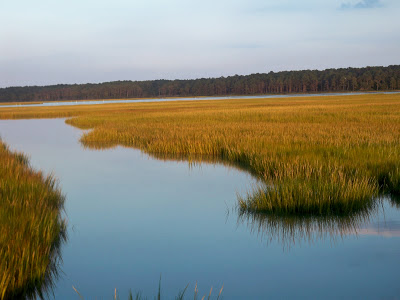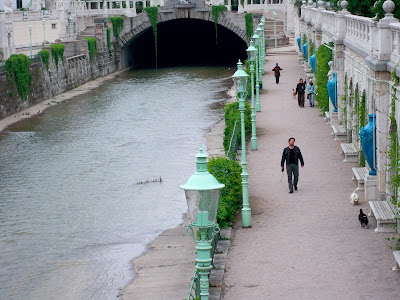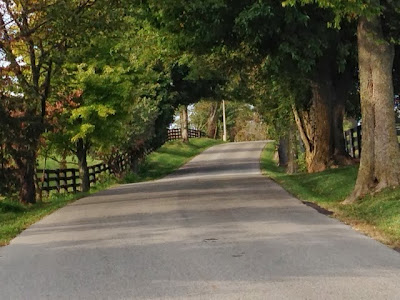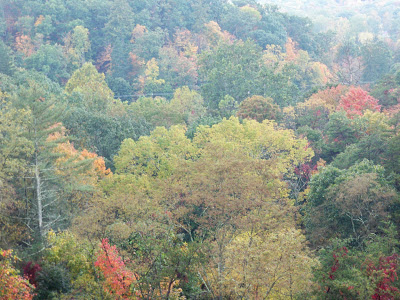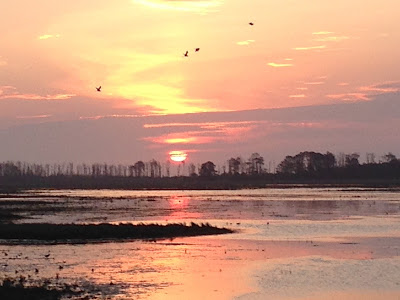Reflections
I just finished reading Chimamanda Ngozi Adichie’s Americanah, a big-hearted book that picks you up and carries you along with it. It took me to the Africa I visited two years ago, to the sights and smells and bribes and chaos of Nigeria, just one country east of Benin.
And it took me to an America where newly arrived immigrants braid hair in low-end salons, hoping for a break, a toehold — anything to avoid being sent back.
And finally, it took me to the book’s own beginnings. In the Acknowledgments, Adichie thanks her family and friends, editor and agent. She thanks the latter in particular for “that ongoing feeling of safety.” And then — she thanks a room — a “small office filled with light.”
It’s a twist on Virginia Woolf’s “room of one’s own,” but singles out what for me is most important — the light. I type these words in a light-filled space of my own: windows beside and ahead, glass all around, reflections of reflections of reflections.

